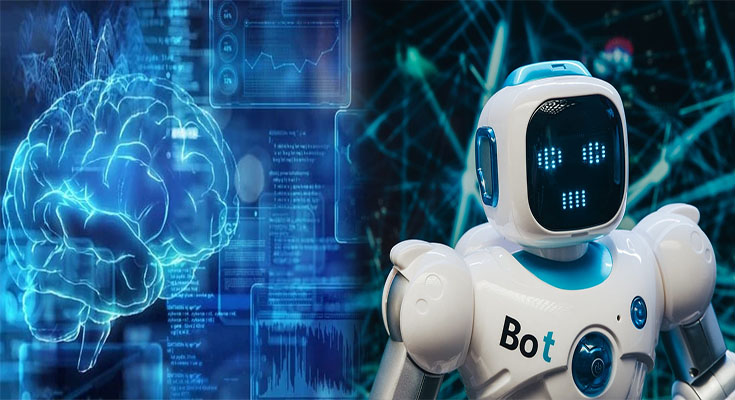Reactive machines are a fundamental concept in the field of artificial intelligence (AI) that can respond to and interact with their environment based on programmed rules and inputs. Unlike other types of AI systems that use complex algorithms and learning processes, reactive machines operate in the present moment and do not have the ability to learn from past experiences or plan for the future. While reactive machines have their strengths in certain applications, they also possess limitations in decision-making that can impact their effectiveness and performance.
How Reactive Machines Function
Reactive machines in AI function by relying on predefined rules and inputs to make decisions and respond to stimuli in real-time. These machines do not have memory or the capacity to learn from past experiences, meaning that each action is determined solely by the current input without consideration of historical data. This simplicity allows reactive machines to be agile and efficient in performing specific tasks, such as playing games, controlling robotic systems, or executing automated processes.
The operation of reactive machines is based on the concept of stimulus-response, where the machine reacts instantaneously to incoming data or signals without internalizing or analyzing the information. By executing pre-programmed instructions or rules, reactive machines can carry out tasks quickly and accurately in dynamic and unpredictable environments. This real-time responsiveness makes them well-suited for applications that require rapid decision-making and immediate action.
Limitations in Decision-Making
Despite their effectiveness in certain domains, reactive machines have inherent limitations in decision-making that can hinder their performance and capabilities. One of the primary drawbacks of reactive machines is their lack of memory and learning ability, which restricts their capacity to adapt to changing conditions or optimize their responses over time. This limitation makes reactive machines less versatile and flexible compared to AI systems that incorporate machine learning algorithms or predictive models.
Additionally, reactive machines may struggle with complex decision-making scenarios that involve multiple variables, uncertainties, and trade-offs. Without the ability to analyze patterns, anticipate consequences, or plan for the future, reactive machines may exhibit rigid behaviors or suboptimal outcomes in situations that require contextual understanding, reasoning, and strategic thinking. This limited capacity for decision-making can pose challenges in applications where dynamic and adaptive responses are essential for success.
As we delve into the realm of reactive machines in AI and explore their functioning and limitations in decision-making, it becomes evident that these systems play a unique role in the landscape of artificial intelligence. While reactive machines excel in tasks that demand real-time responsiveness and rule-based operations, their shortcomings in memory, learning, and adaptability present obstacles in more complex and dynamic environments.
By acknowledging the strengths and limitations of reactive machines, researchers and practitioners can refine their approaches to AI design and development, leveraging the strengths of reactive systems while integrating complementary techniques for enhanced decision-making capabilities. As technology continues to evolve and AI advancements progress, finding a balance between the agility of reactive machines and the intelligence of learning-based systems will be essential in unlocking the full potential of artificial intelligence across various domains and applications.





